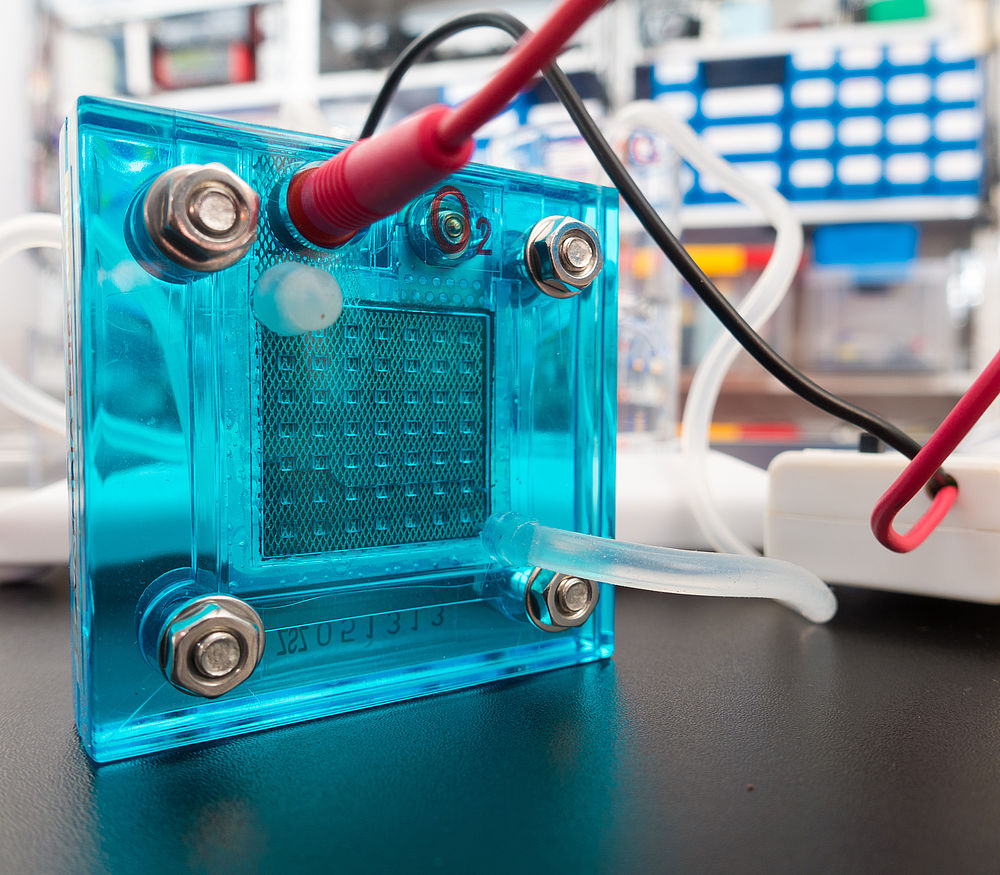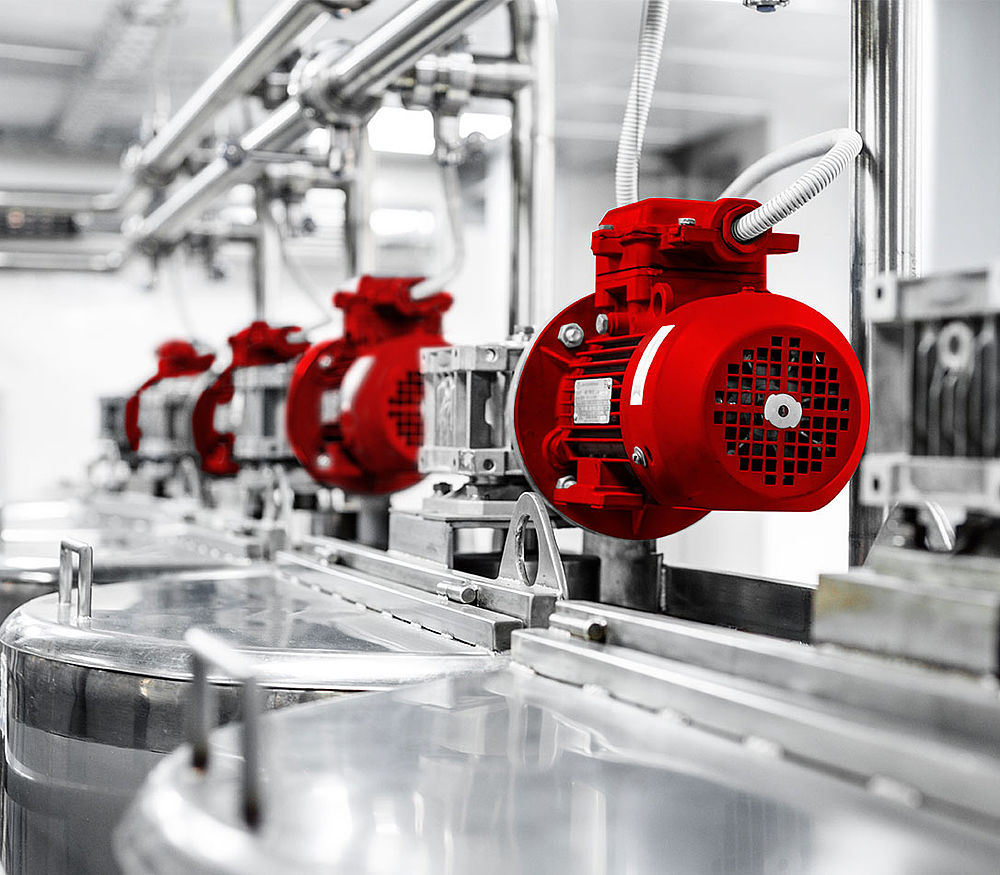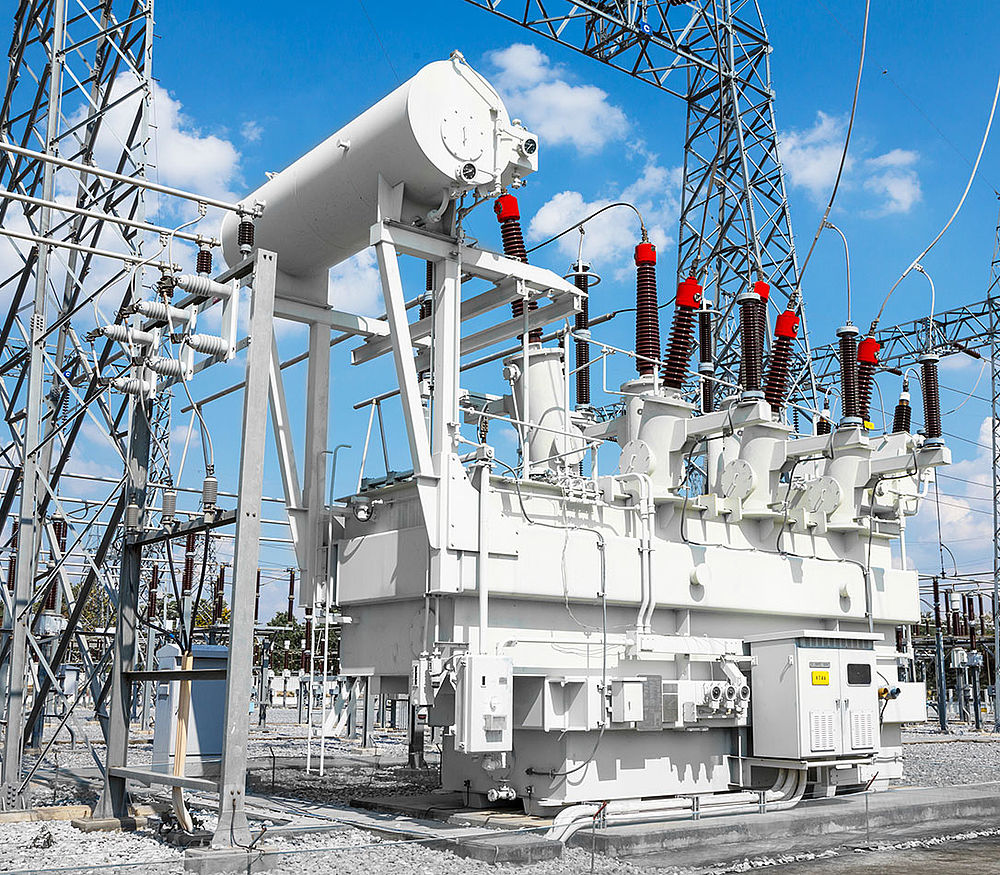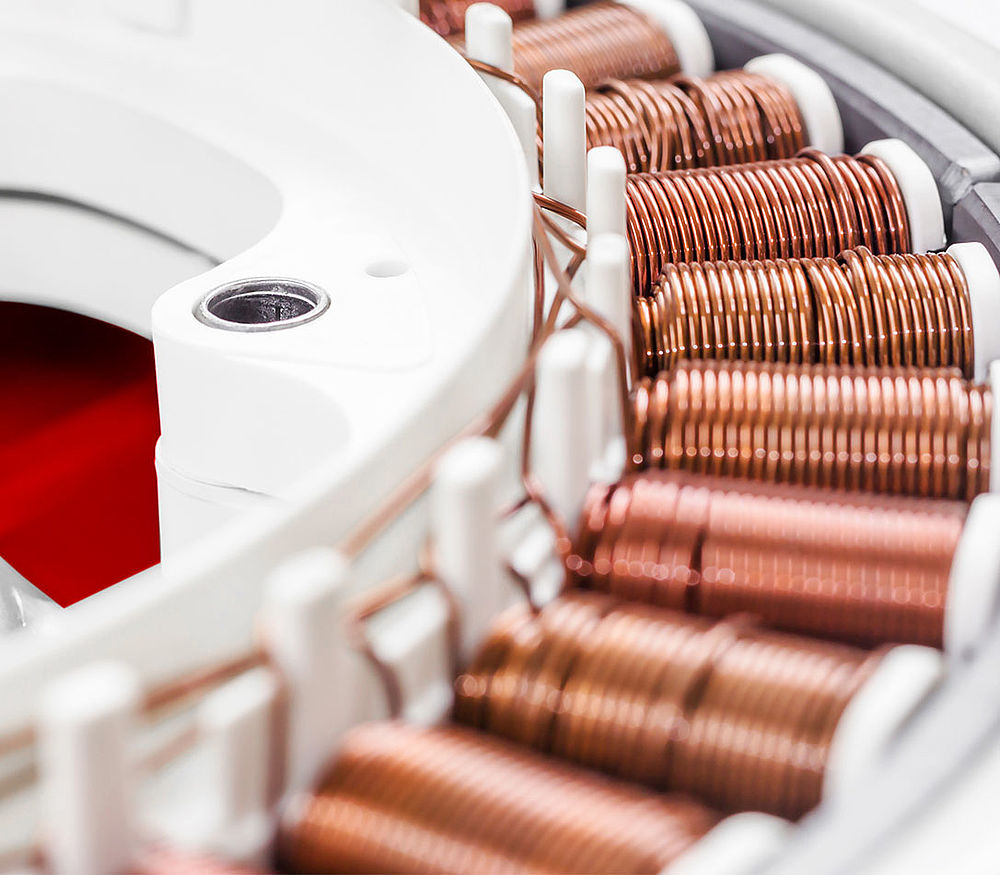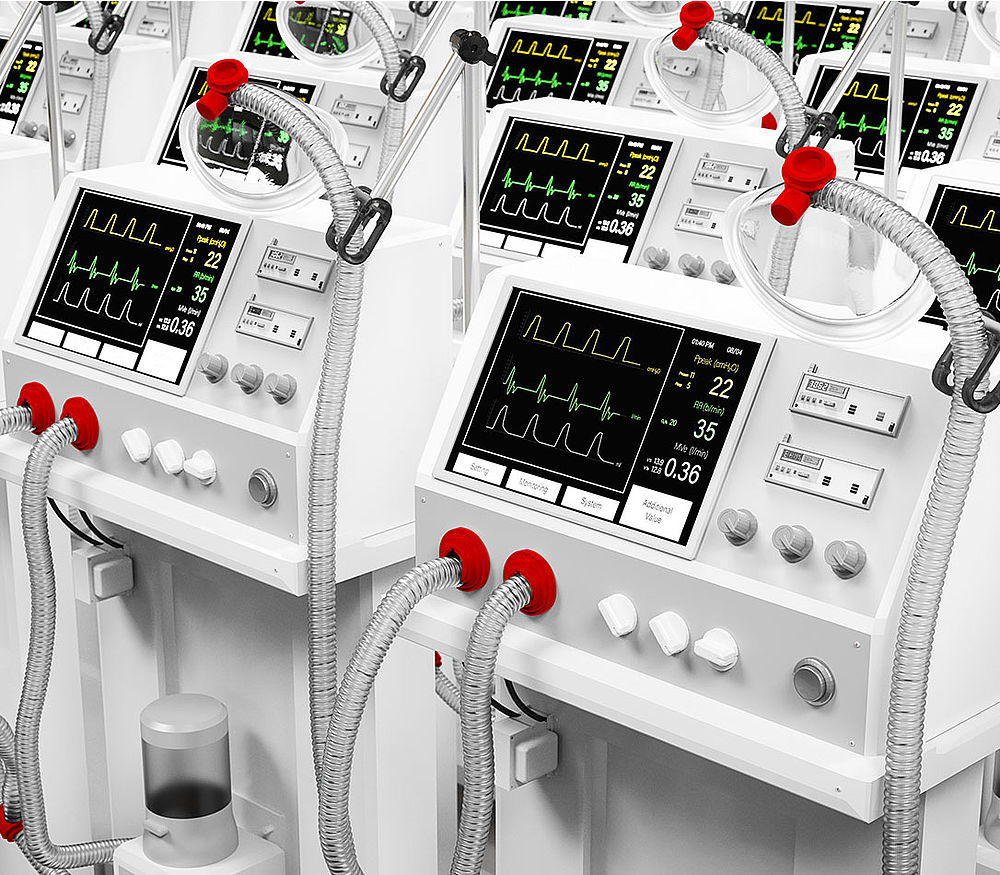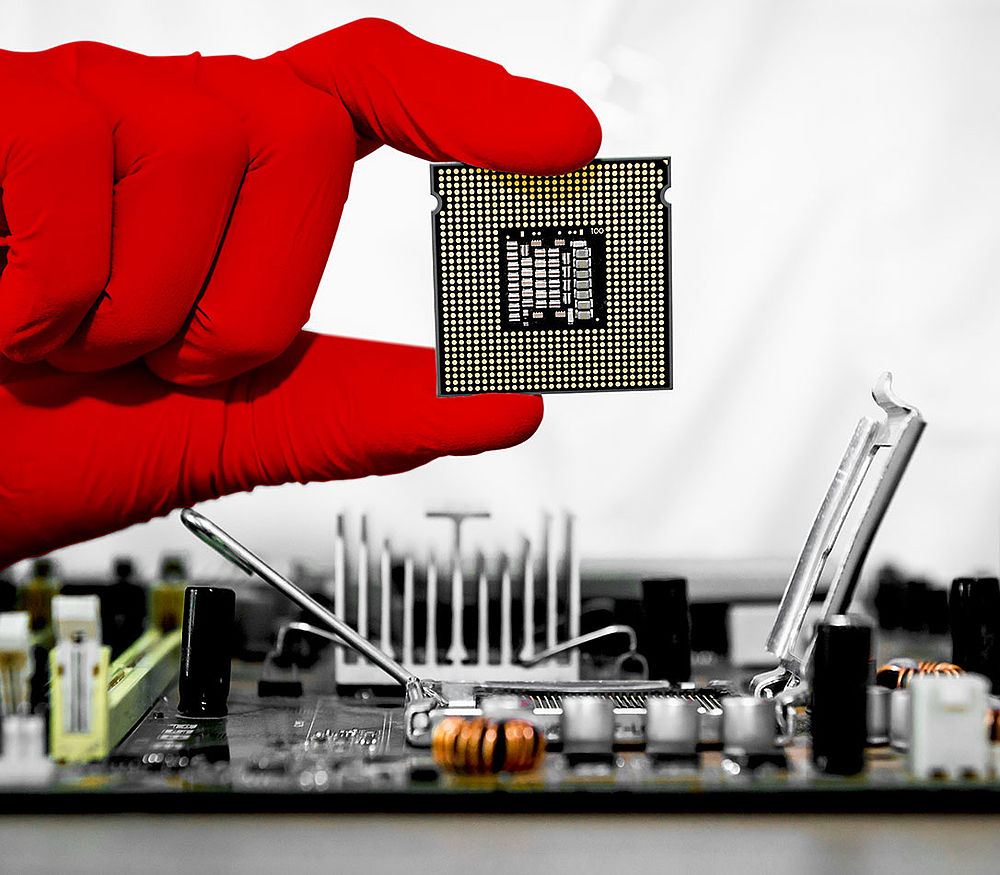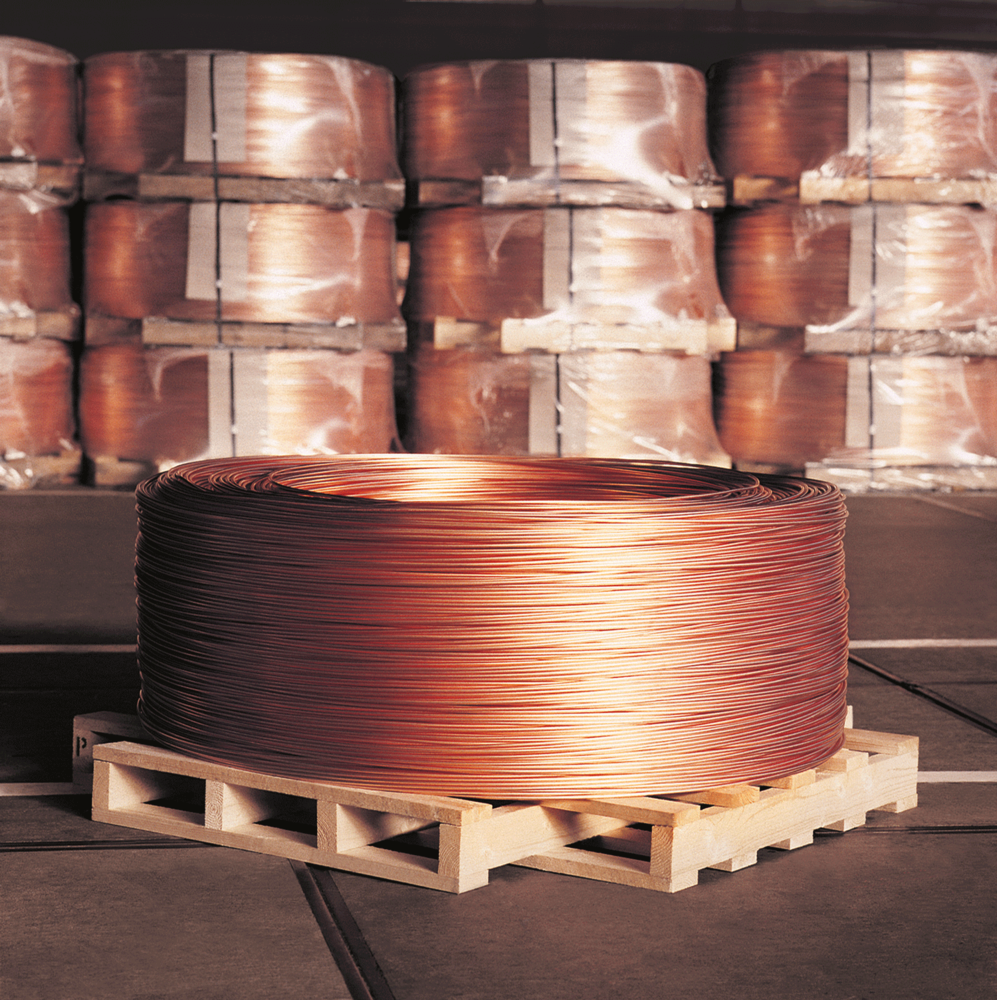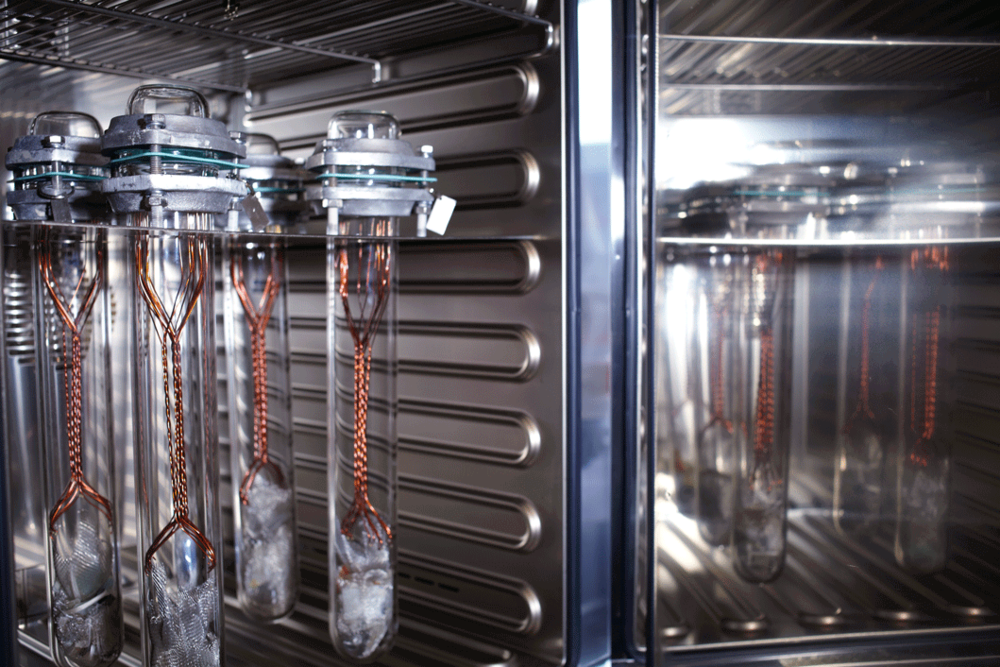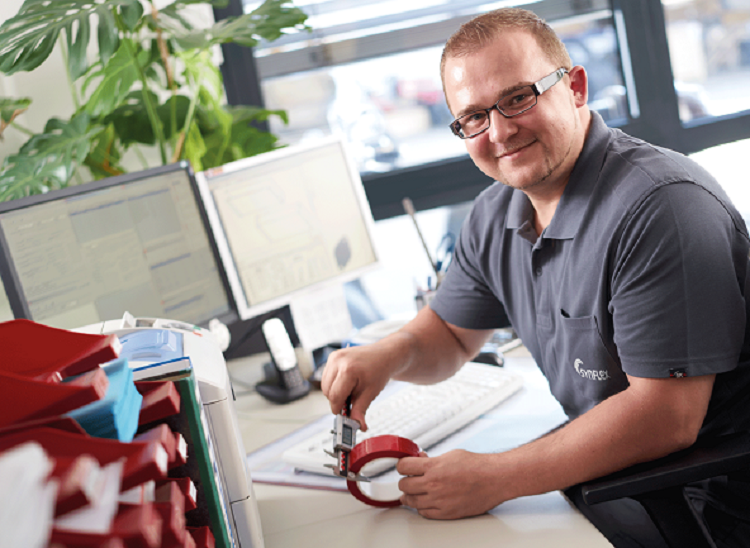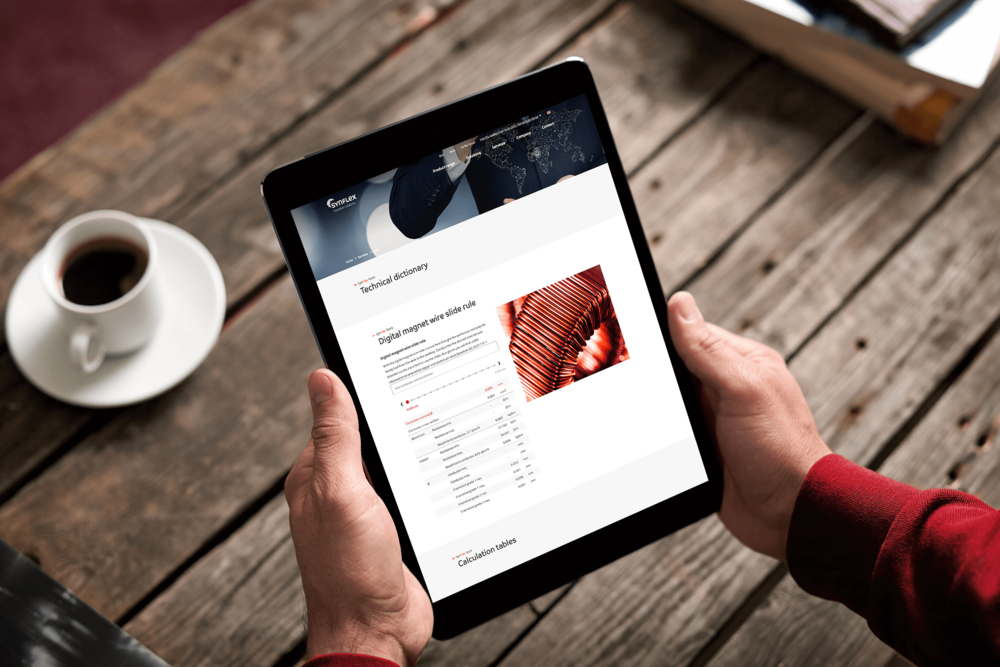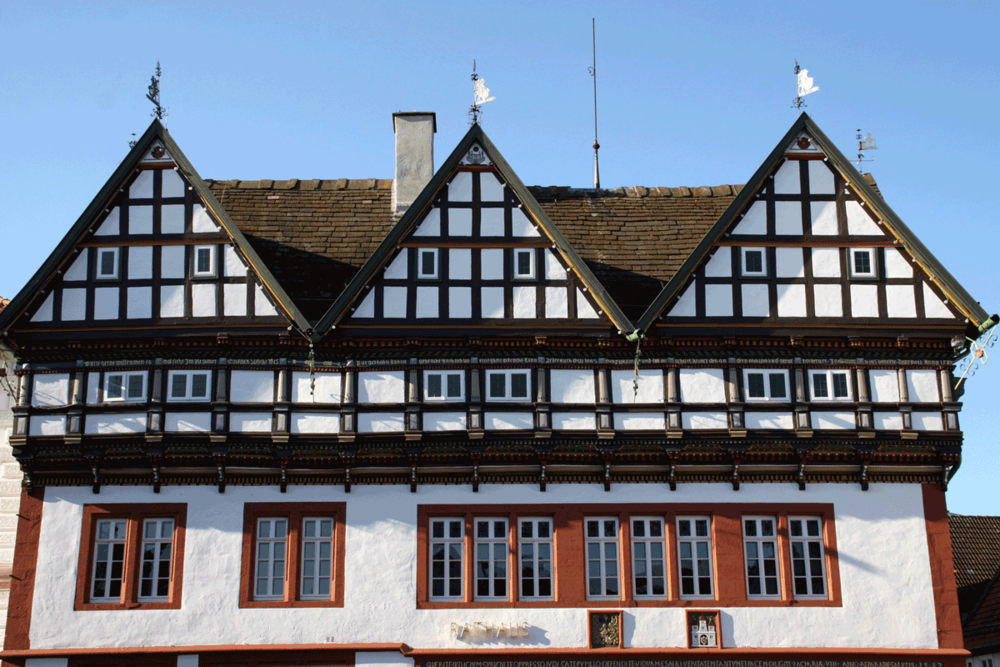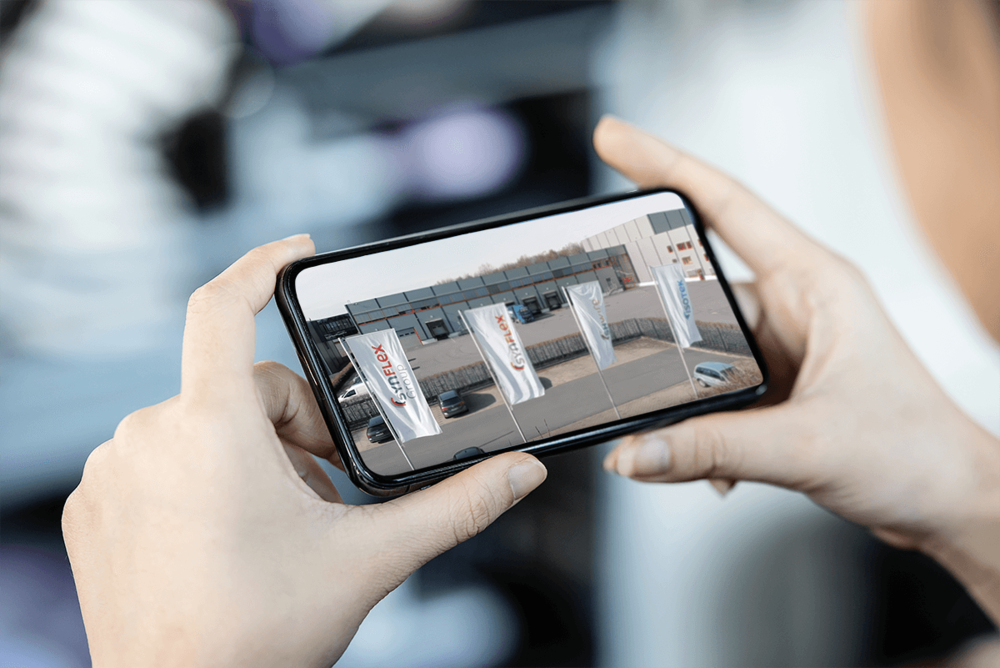SynChem – Resins & Varnishes WEVOPUR 390 PU encapsulating system
Two-component encapsulating system based on polyurethane.
The resin component is formulated with a mineral filler which provides self-extinguishing properties. The resin contains no halogenated flame-retardants. Once cured it has visco-plastic properties.
The casting resin WEVOPUR 390 is used with WEVONAT 300.
Recommended use from -40 °C to +130 °C.
Application
Encapsulation of electrical components for low and medium voltage applications.
Standards
Class B
UL 94 V 2 (1.5 mm)
UL File E 108835
Delivery forms
30 kg metal containers
Color
WEVOPUR 390: Black. Others on request
WEVONAT 300: Dark brown
Storage
6 months in original containers, dry storage between 15 °C and 25 °C.
- Store resin (A component, polyol) and hardener (B component, Isocyanat) dry and at temperatures between 15 °C and 25 °C. Store on pallets or collecting tray and do not expose to draft.
- At temperatures below 15 °C the hardener can crystallise which can be seen by opacity and/or clumps/crystals (usually hardeners are clear, transparent liquids in spite of their dark brown colour). In this case the hardener should not be used anymore.
- At temperatures higher then 25 °C the sedimentation of fillers contained in the resin component is accelerated. As a consequence it is more difficult to prepare (stir) the resin.
Hardening
Pot life: 35 - 50 min at room temperature, depending on coat thickness and pouring volume.
Curing time: 12 - 24 h at room temperature
Complete chemical curing: 10 - 14 days at room temperature
- High air moisture may lead to forming of bubbles. Reference value: the rel. air humidity should not exceed 40 - 60 %, depending on the product.To avoid a reaction of the surface curing should be in an air conditioned room, a container with low air moisture or in an oven.
- Elevated temperatures accelerate the curing.
- Curing temperature should not exceed 80 °C to avoid tensions of the resin.
- Final hardness of WEVOPUR 390 will be attained after 7 – 14 days at room temperature.
- This process can be accelerated by post curing at 60 - 80 °C for 16 - 24 h. This is relevant for potted components subjec to qualification tests.
- Electrical tests can usually be carried out straight after potting.
Protection
Observe the common protective measures acc. to EG safety data sheets and the data sheet M044 of the German Chemical Industry Association (BG Chemie) when using the liquid resin.
Cleaning
Since the cured resin is practically insoluble, tools and equipment have to be cleaned in sufficient time.
Processing
- Respect first in – first out principle.
- Transfer daily consumption close to the potting area well in advance to allow them to adjust to production hall temperature. Cold material has higher viscosity and flows slower/differently. This can lead to different material pressure on the mix meter machine and thus to inaccurate mix ratio.
- The filler of WEVOPUR 390 may sediment. Therefore WEVOPUR 390 needs to be homogenized (stirred) prior to use. Homogenize by using e.g. special stir gears (cup stir is better than blade mixing), a drilling machine with top-fitted stir piece or manually with a rod or spatula (no rough-textured wood, splints could get into the resin). Avoid air entrapment during stirring which may lead to humidity (drilling machine with top-fitted stir piece with 100 – 300 rpm). The sedimented filler needs to be completely homogenized (incl. possible bottom sediments).
Without sufficient homogenization the top part of the container will contain too much resin (reactive component) and in the lower part too much filler. This leads to over/ under cross-linking. The resulting cured polyurethane will be too hard or too soft and shows different mechanical, thermal and electrical properties as indicated in the technical data sheet. - Protect both resin and hardener against humidity.
- After homogenization the incorporated air can be removed by using vacuum. Place WEVOPUR 390 in the tank and apply vacuum (50 bar) for approx. 30 min while stirring.
- The mixing ratio should be checked and documented daily prior to start of production. Even after short breaks in production it might be useful to check the mixing ratio. Also, the density (dosage of WEVOPUR 390 through mixing head) should be checked. The mixing ratio indicated in the technical data sheets has to be adhered to. Deviations must not be more than 3 % referring to the hardener component.
- Excess hardener can react with humidity leading to formation of carbon dioxide and therefore to air entrapments. Furthermore excess hardener usually leads to harder material. Excess resin acts as a softener. However, a minor low dosage of hardener is usually less critical than an overdosage. It is not recommended to deviate from the ideal mixing ratio to change the material properties.
Preparation of components
Humidity adheres to every metal or plastic surface. Because humidity may lead to air entrapment during curing it might be necessary to dry components prior to encapsulating. It is sufficient to dry components for 1 - 2 hours at 60 – 80 °C in the oven. Pre-drying is particularly important for coilable materials.
The sensitivity of encapsulating systems and hardeners against humidity and the humidity content of various plastic surfaces varies. Please consult with Synflex regarding isolated cases.
Pre-heating of components has a positive influence on the flow behaviour of the resin. The warm component heats up the resin thus lowering viscosity. The resin penetrates the component faster and displaced air can ascent faster. The higher the component’s temperature, the better the resin flows. Component temperatures of up to 80 °C do not affect the uncured resin.
Pre-heated components do also accelerate curing.
Technical data
| Property | Unit of measure | Condition | Value | Test method |
|---|---|---|---|---|
| Shore-D-hardness | 3 sec | 35-45 | ISO 7619-1 | |
| Tensile strength | N/mm² | 7 | ISO 527-2 | |
| Elongation at break | % | 88 | ISO 527-2 | |
| E module | N/mm² | 15 | ISO 527-2 | |
| Water absorption | % | 0.3 | after 30 days storage in water | |
| Brandverhalten | 1.5 mm | V-2 | UL 94 |
| Property | Unit of measure | Value | Test method |
|---|---|---|---|
| Thermal conductivity | W/m*K | 0.4 | DIN 2007-2/2008 |
| Glass transition temperature | °C | -4 | TMA |
| Thermal class | B | DIN EN 60085 |
| Property | Unit of measure | Condition | Value | Test method |
|---|---|---|---|---|
| Coefficient of expansion | ppm/K | <-10 °C | 79 | TMA |
| Coeficient of expansion | ppm/K | > +5 °C | 178 | TMA |
| Property | Unit of measure | WEVOPUR 390 | WEVONAT 300 | Hardener / Hardener-mixture |
|---|---|---|---|---|
| Mixing ratio | weight-% | 100 weight-% | 30 weight-% | |
| Viscosity (22 °C) | mPas | 1,600-2,400 | 70-120 | 800-900 |
| Density (22 °C) | g/cm³ | 1.28-1.31 | 1.20-1.24 |
| Property | Unit of measure | Value | Test method |
|---|---|---|---|
| Dielectric strength | kV/mm | 32 | DIN EN 60243 |
| Specific volume resistance | Ω*cm | 6,7x10^14 | DIN EN 62631-3-1:2016 |
| Surface resistivity at 23°C and 50 % r.h. | 1,1x10^15 Ω | DIN EN 62631-3-2:2016 | |
| Dielectric constant ε at 50 Hz, 23 °C | 5.5 | DIN EN 60250 | |
| Dielectric constant ε at 1 kHz, 23 °C | 4.4 | DIN EN 60250 | |
| Dielectric constant ε at 1 MHz, 23 °C | 3.6 | DIN EN 60250 | |
| Dielectric loss factor tan б at 50 Hz, 23 °C | 0.14 | DIN EN 60250 | |
| Dielectric loss factor tan б at 1 kHz, 23 °C | 0.09 | DIN EN 60250 | |
| Dielectric loss factor tan б at 1 MHz, 23 °C | 0.03 | DIN EN 60250 | |
| Creep resistance | CTI 600 | DIN EN 60112 |
| Property | Unit of measure | Value | Test method |
|---|---|---|---|
| Glowing wire test | °C | 960 | DIN EN 60695-2-11:2014-11 |
